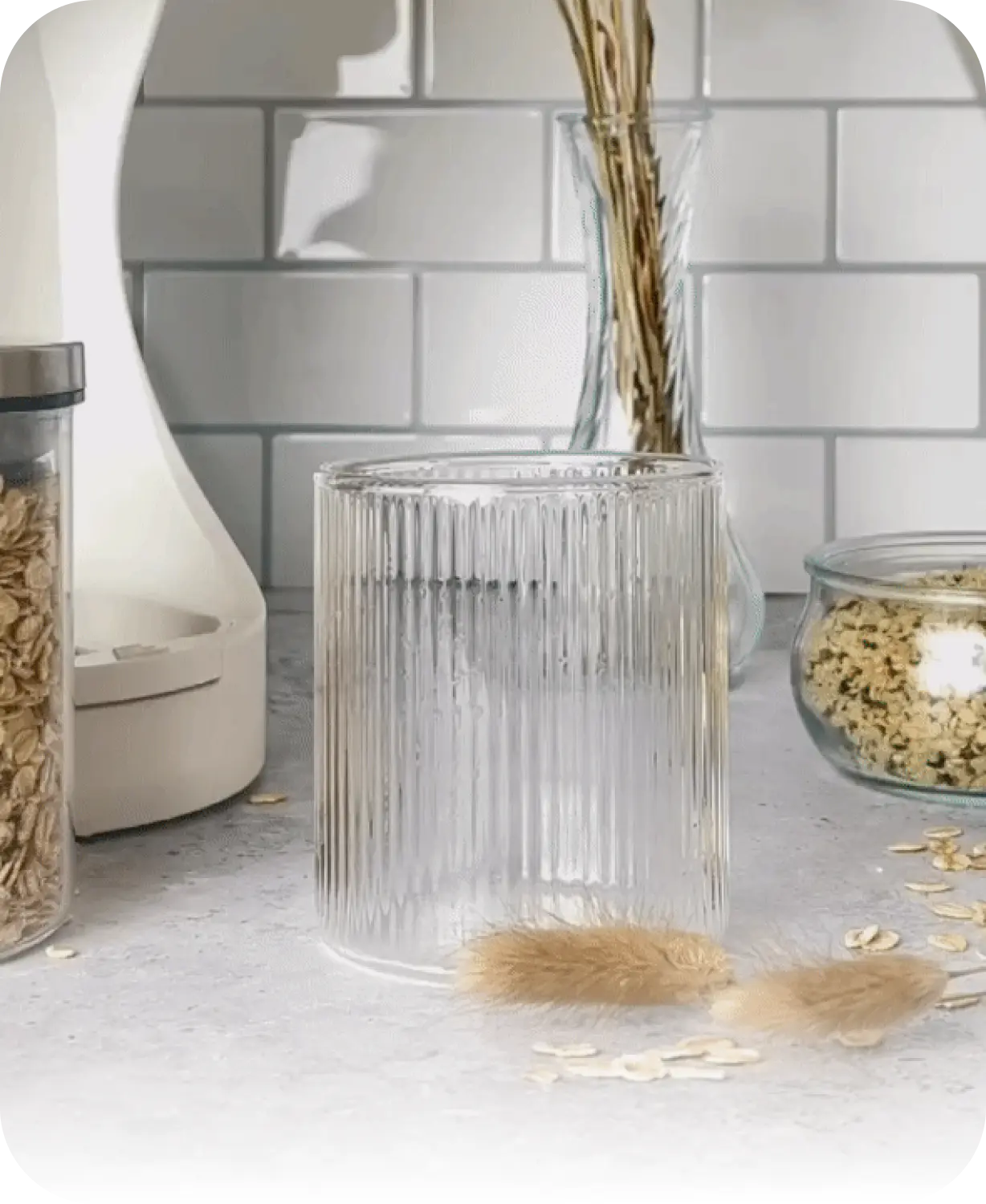Rice milk, a creamy and versatile dairy alternative, has emerged as a popular choice for those seeking plant-based beverage options. Whether you're lactose intolerant, vegan, or simply looking to explore new culinary territories, creating rice milk at home with Milky Plant offers a convenient and nutritious solution. However, when it comes to using rice, there are various methods to consider, including using cooked but not overly soft rice, soaking long-grain rice in hot water, and using soft or well-cooked rice. Let's explore these options and determine the best approach for crafting homemade rice milk with Milky Plant.
Cooked but not Overly Soft Rice vs. Soaked Long-Grain Rice vs. Soft or Well-Cooked Rice: Which is Better?
Each method of preparing rice for making rice milk offers its own unique advantages.
- Cooked but Not Overly Soft Rice: Opting for partially cooked rice strikes a balance between convenience and texture. Ensure that your rice is cooked but still slightly firm before adding it to the blending compartment of Milky Plant. Cooking the rice partially softens it, making it easier to blend and extract milk from. However, using partially cooked rice may result in a slightly grainier texture compared to fully cooked rice.
- Soaked Long-Grain Rice: Soaking long-grain rice in hot water for 2-3 hours softens the kernels and activates enzymes, enhancing the nutritional profile and digestibility of the milk. After soaking, drain the rice thoroughly before adding it to the blending compartment of Milky Plant. While soaking requires some planning ahead, it can result in a smoother and creamier rice milk.
- Soft or Well-Cooked Rice: Using soft or well-cooked rice offers simplicity and a smoother texture. Ensure that your rice is fully cooked until soft and tender before adding it to the blending compartment of Milky Plant. Well-cooked rice blends easily, resulting in a smoother and creamier milk without the need for additional soaking or preparation time.
Crafting Rice Milk with Milky Plant
Now that we've explored the options, let's delve into the process of making homemade rice milk with Milky Plant:
- Prepare Your Ingredients: Whether you opt for partially cooked rice, soaked long-grain rice, or soft/well-cooked rice, ensure they are ready for blending. Add the rice to the blending compartment of Milky Plant, being careful not to exceed the designated maximum line.
- Add Water: Fill the water tank of Milky Plant with clean water, ensuring it meets the minimum level requirement.
- Initiate the Process: Once your ingredients are in place, initiate the blending process by activating Milky Plant. The machine will begin blending the rice and water, extracting the milk in the process. As blending progresses, the pulp is separated from the milk, resulting in a smooth and creamy beverage.
- Repurpose the Pulp: Don't discard the leftover rice pulp! This nutrient-rich residue can be repurposed in various culinary creations, such as adding it to porridge, incorporating it into pancake or waffle batter, or using it as a thickening agent in soups and sauces. Its mild flavor and soft texture can enhance a variety of dishes, minimizing food wastage while maximizing nutrition.
Check out our recipe Rice Milk Recipe
Follow the steps in Milky Plant's Rice Milk Recipe Video
Whether you opt for partially cooked rice, soaked long-grain rice, or soft/well-cooked rice, preparing homemade rice milk with Milky Plant is a straightforward and rewarding endeavor. By following these guidelines, you can enjoy the creamy goodness of rice milk with convenience and ease. So why not embark on a culinary adventure and savor the delights of this delightful dairy alternative?















